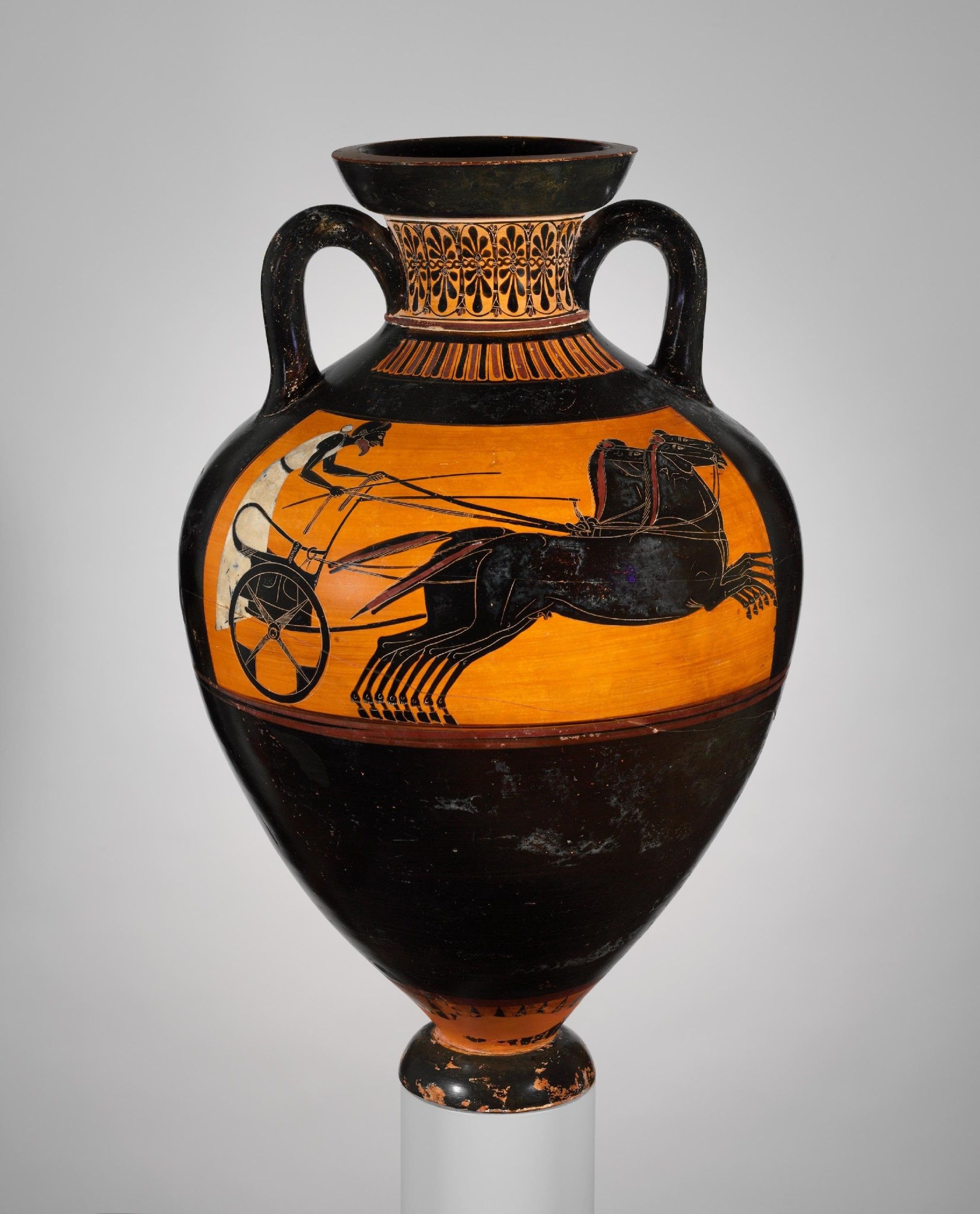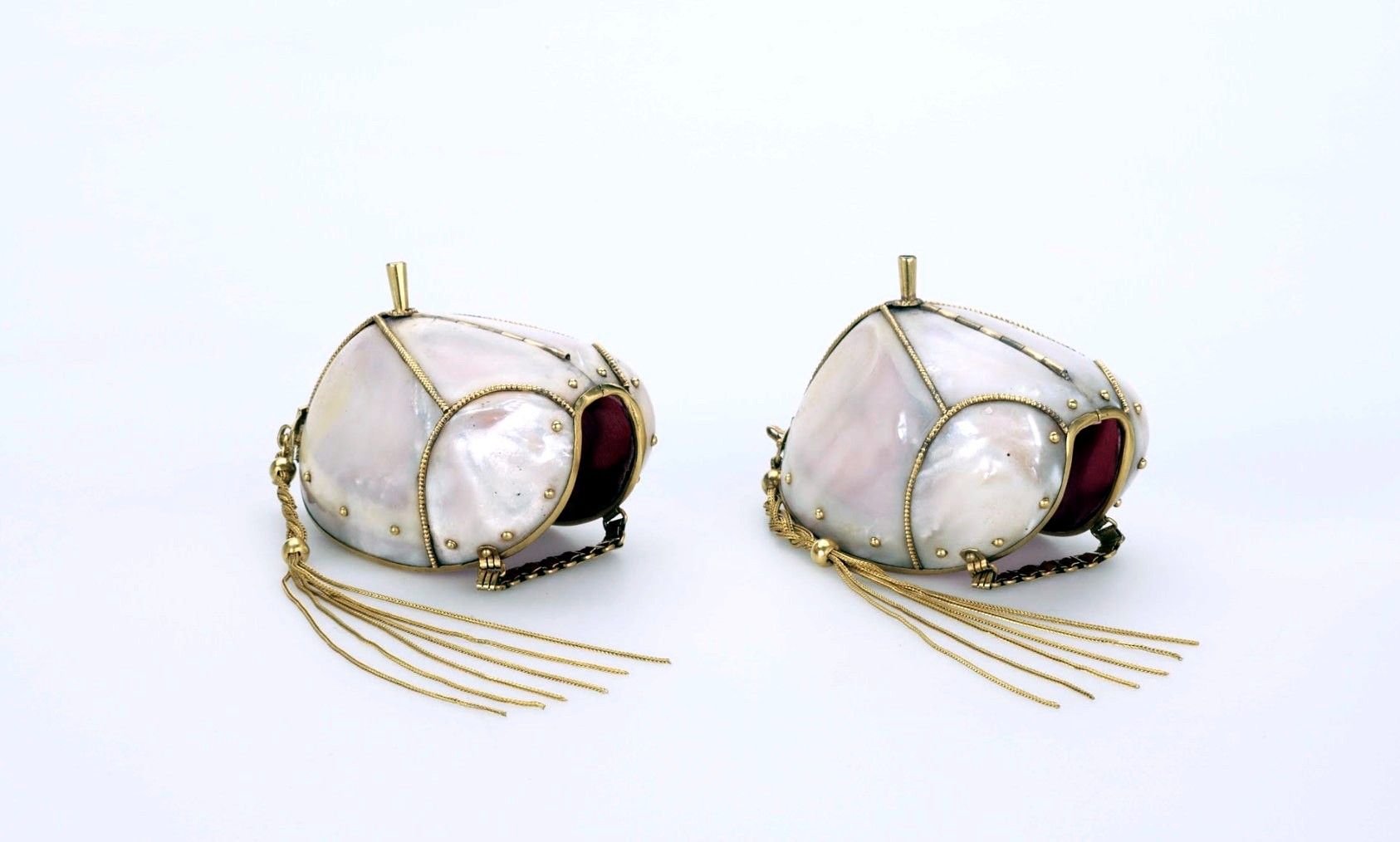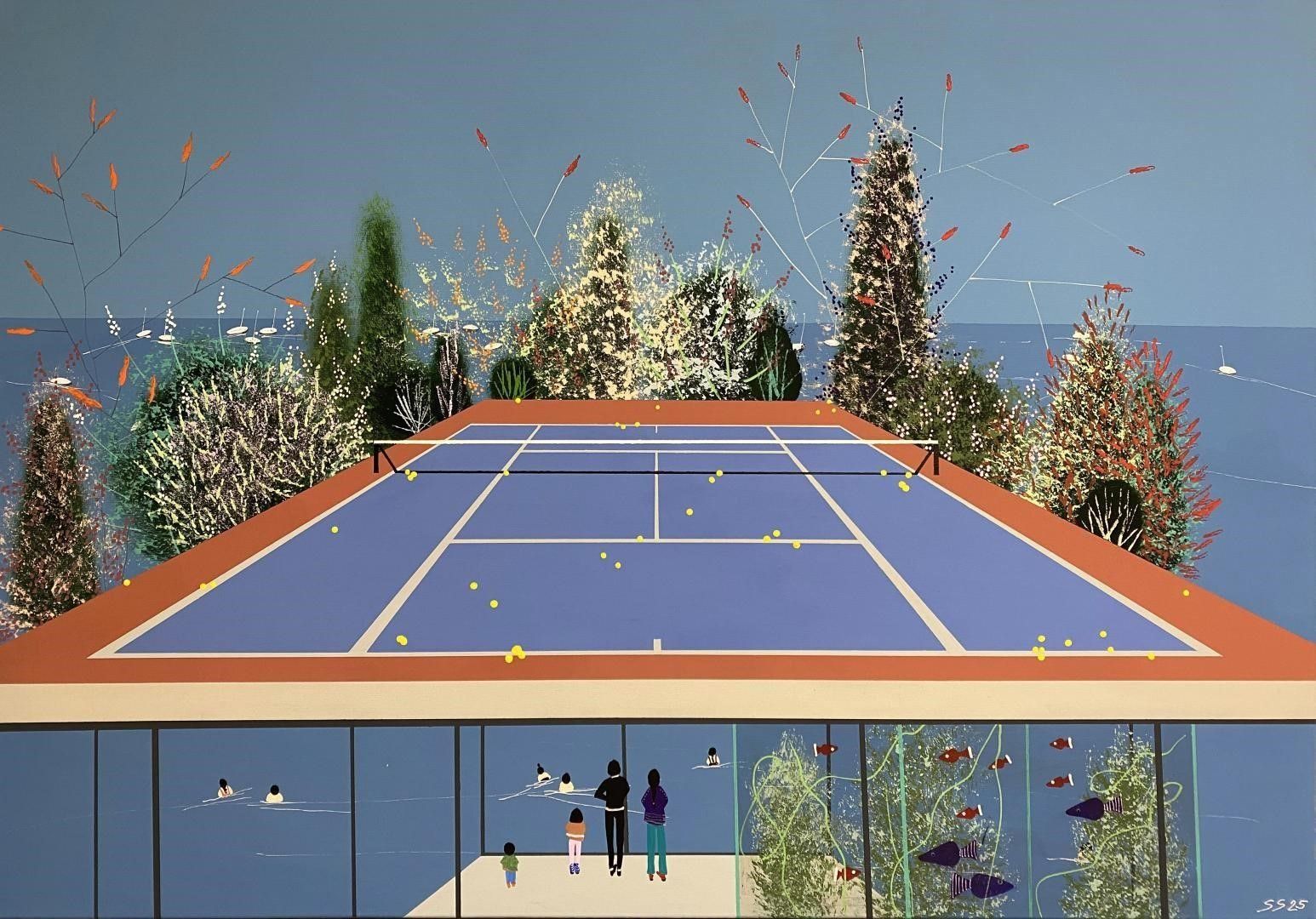The Art of the Football Jersey
Ezeta, the Italian craft masters known for their distinctive style, have showcased their artistry by designing SS Romulea's football kits, including this jersey — an accomplished championship team of the Italian Eccellenza league — inspired by the architectural splendor of Ancient Rome’s Basilica of St. John Lateran.
Art has always had its own way of sneaking into our lives. For me, it started with simple colors, which were not merely shades on the players’ shirts, but signals that determined the rhythm of my day. I used to watch those colors on the green pitch, knowing that the outcome would decide the mood in our home for the next two days.
Over time, I realized that these shirts were not just cues to distinguish teams, but moving canvases, with art pulsing in every detail; from the design of the logos and the curved lines to the particular colors that carried the identity of the team. And so, I found myself taken by the charm of art in football shirts, transforming from mere sportswear into a means of expression for belonging, passion, and identity.
In the early days of football, there were no strict rules governing what players wore. The game did not require that yet, as it was played with passion and a desire to keep things simple. Players were divided into two teams, one wearing their regular everyday clothes, while the other dressed more formally in a simple attempt to distinguish between them. Some would wear wool scarves around their necks as a basic method of identifying friends from opponents.
Football was never just a passing game, but a passion rooted in the heart, and so it had to evolve even in its finest details. Shirts were used to distinguish teams. They were crudely made, with heavy fabric, and without genuine attention to detail. But as the game developed, things evolved.
The first signs of change came when Manchester United and Sunderland clashed due to having similar shirts, leading to the appearance of the “away kit” and marking the beginning of conscious design. Later, each position on the field acquired a color identity, from the black-clad referee to the goalkeepers who were first distinguished by caps, then by different colors starting in 1909.
Colors began to carry meanings beyond the functional aspect, and shirts turned into visual canvases telling the story of the club and its community. As the game developed, new fabrics (such as polyester) were introduced, and the shirt transformed from a technical outfit into a visual statement, reflecting light and attracting fans.
When numbers appeared on shirts in England in 1928, a new relationship began between the player and their shirt. The number became an extension of the player’s personality, a badge passed down from generation to generation of fans. Then a new era began, pointing to the integration of design and technology. Umbro entered the scene with lighter and shinier designs.
The fundamental shift in the concept of shirts occurred when Brazil abandoned the color white and wore the colors of its national flag. Done in response to the superstition that linked the color white with misfortune (when they lost the 1950 World Cup), they effectively turned their shirt into a symbol for an entire nation.
As the 1970s and 1980s rolled on, modern art became part of the equation. Germany drew inspiration from the Bauhaus — a German art school with the mission of integrating craftsmanship and fine arts — creating an iconic shirt that carried the colors of the German flag in an artistic geometric form. The Netherlands took graffiti as inspiration for its orange color, pushing the shirt beyond the boundaries of the green pitch and straight into street culture.
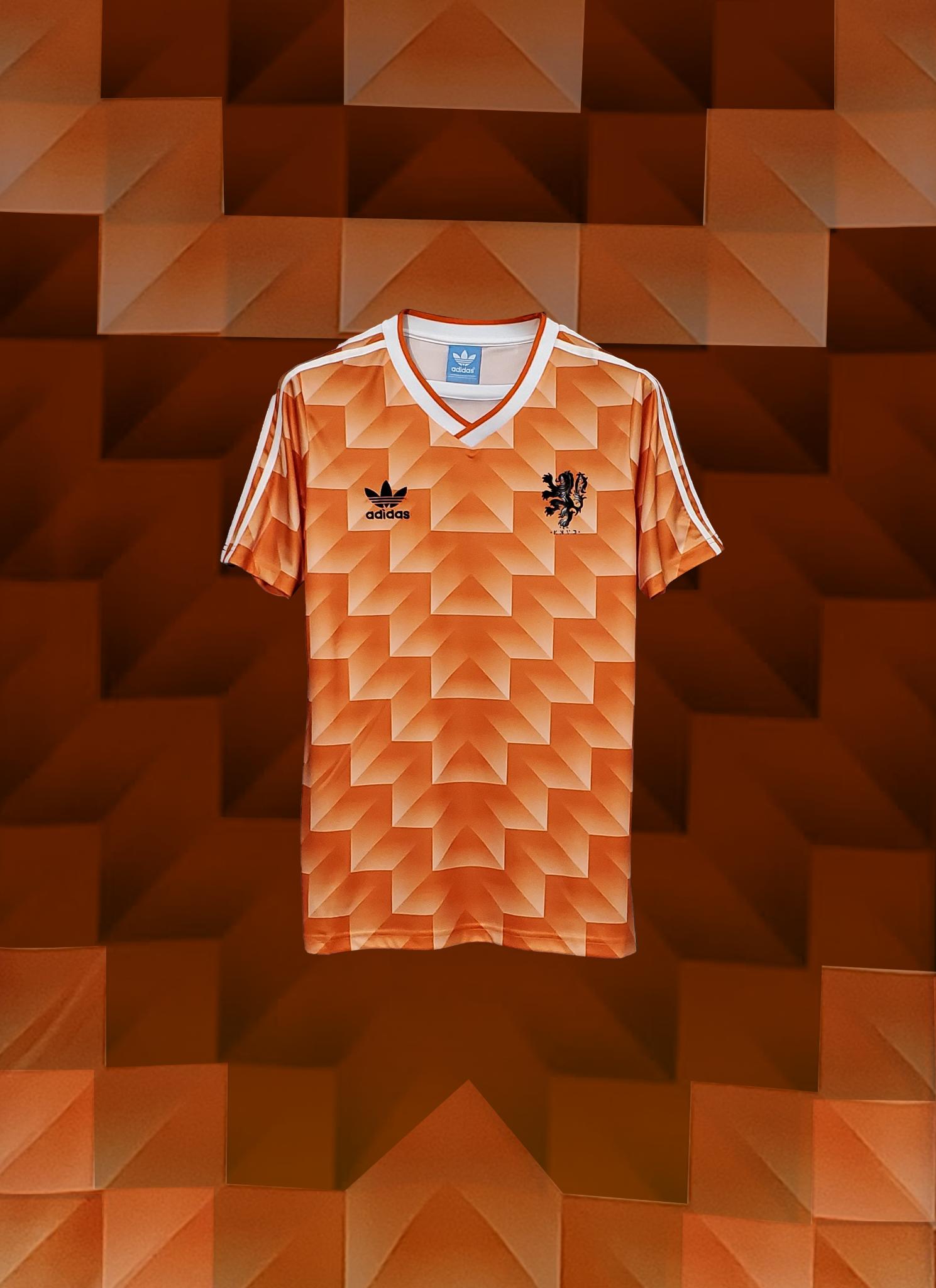
Netherlands and graffiti.
With the entry of corporate sponsorship, shirts became advertising billboards and promotional elements carrying the names of players and the logos of companies and sponsors, but despite this commercial aspect, the artistic messages continued. Designs like the Renaissance shirt for Italy or the Aztec shirt for Mexico in 1996 celebrated cultural identity.
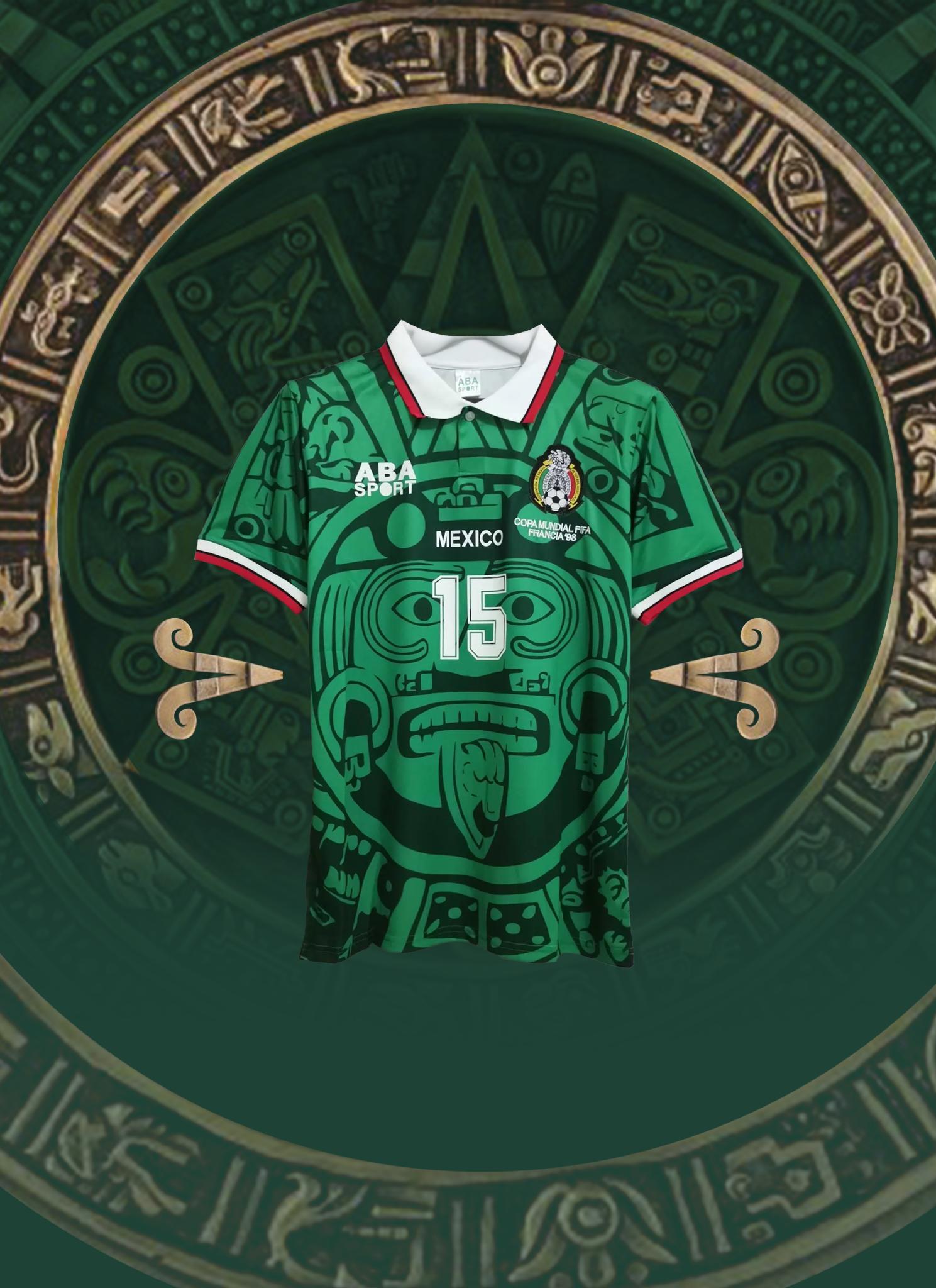
Mexico and the Aztec civilization.
Japan did the same with a shirt inspired by the art of origami, and Nigeria with its traditional African patterns worn on both joyful and sorrowful occasions, making the shirt a celebration of unity and tradition. Identity became the core of the design, not just a background for it.
Shirt designs continue to tell stories, as with S.S. Romulea of Italy which drew inspiration from the Church of Saint John in its design, or AS Roma which revived the legacy of Roman soldiers and their tales from the battlefield. In France, Adidas brought back to life the attire of sailors and Napoleon.
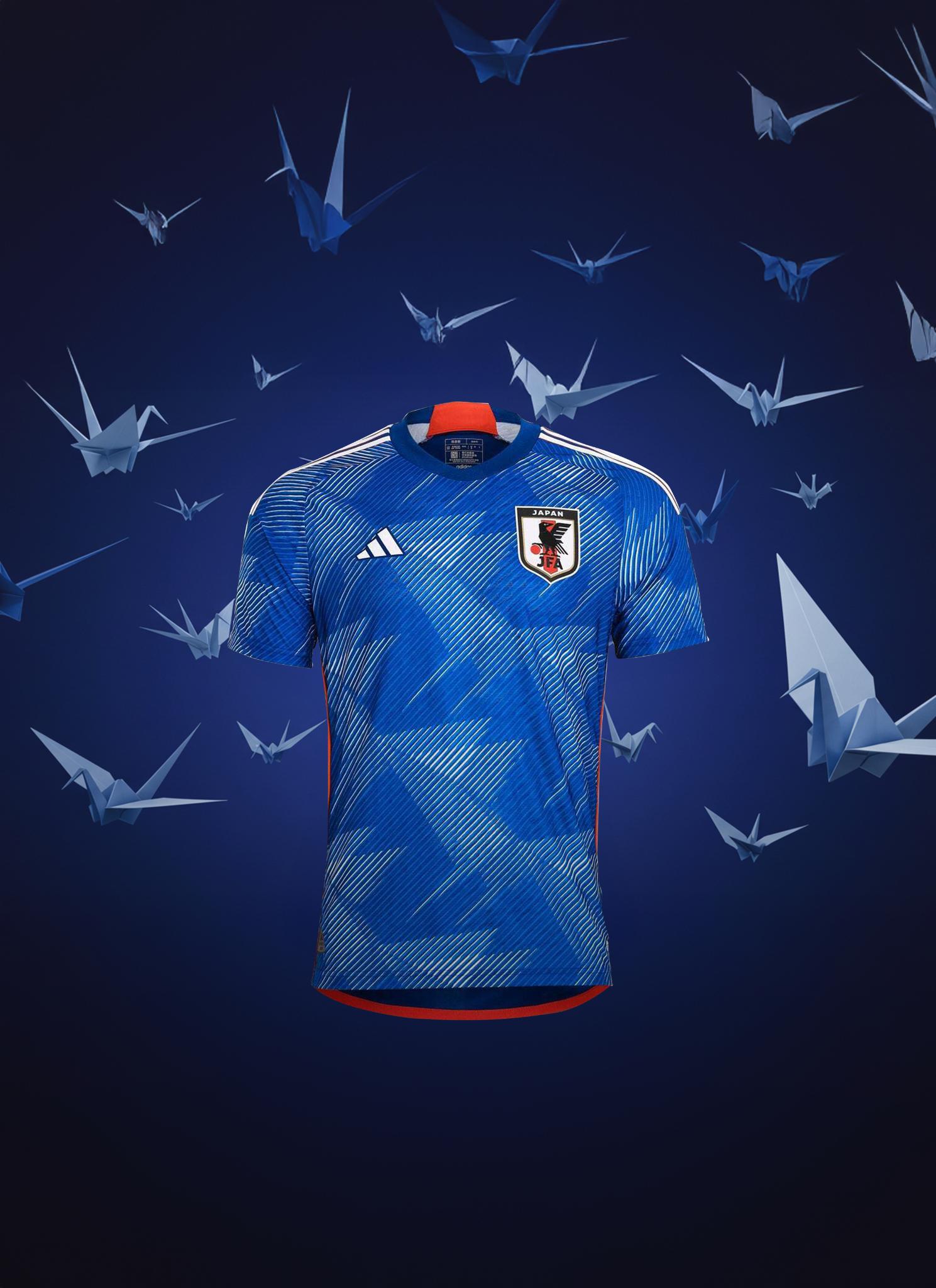
The Arab World followed suit with this wave of artistic messaging. Egypt presented a shirt that reflected its Pharaonic civilization, combining engravings, pyramids, and sand dunes to create a design that tells the story of one of the world's oldest civilizations.
Saudi Arabia used symbols of nature and history, presenting shirts that celebrated falcons, the Arabian leopard, and the NEOM project.
This reflects its future aspirations blended with its natural history, making their national team shirts a living embodiment of the harmony between authenticity and modernity.
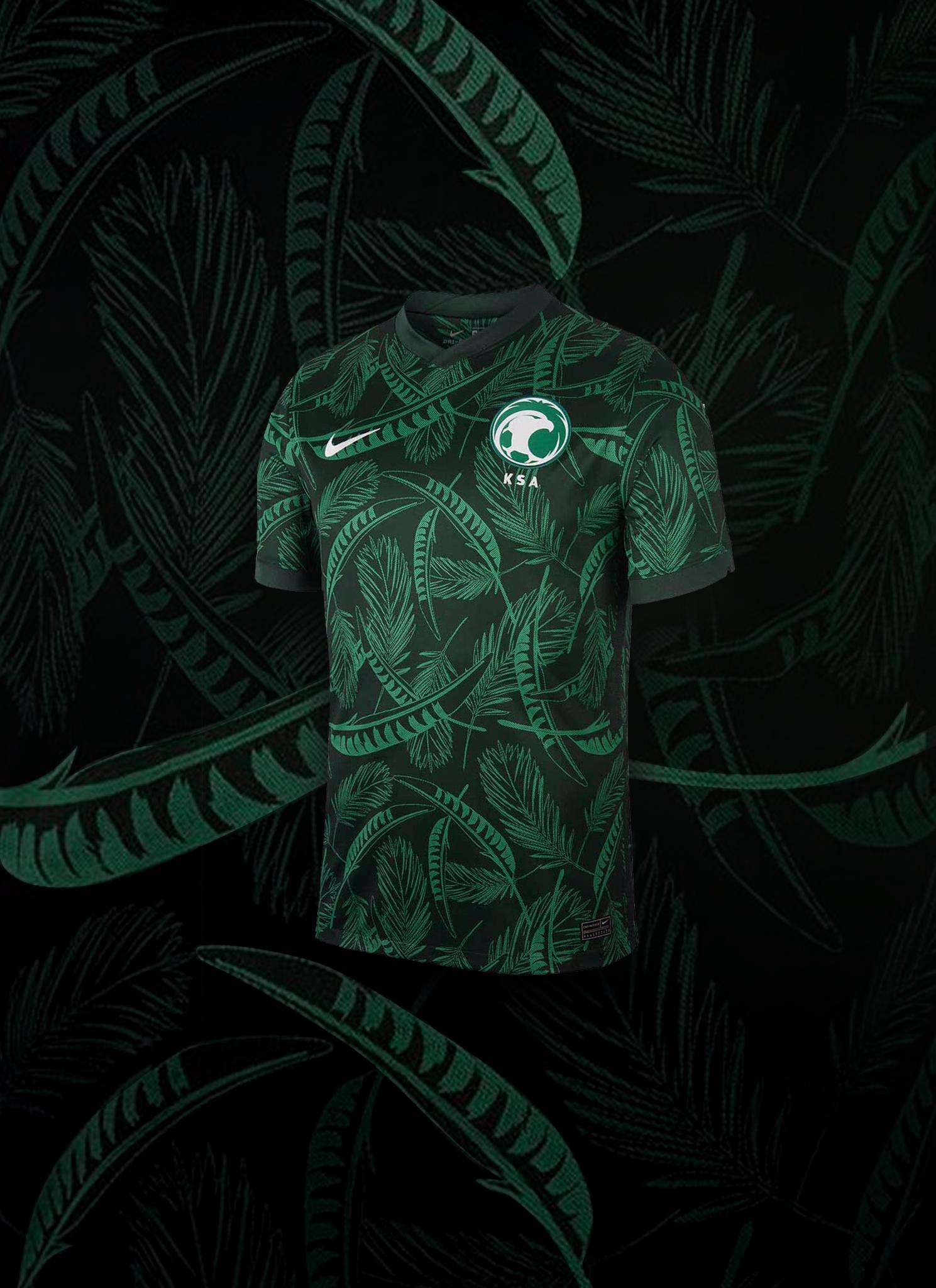
The Saudi national team shirts featuring the falcon.
Shirts are no longer just for players, but for fans as well. Millions are sold annually, worn by people as a sign of belonging and passion. With the advancement of sartorial technology, the shirt has become more than just a beautiful design, it is a practical tool that ensures comfort and provides performance. Even the materials have become part of the artistic narrative. Real Madrid makes its shirts from recycled ocean plastic and Forest Green Rovers uses bamboo and coffee fibers as a message that football should not only be a game but also a force for positive change.
Real Madrid fans have always sung a timeless phrase: "The shirt of Real Madrid is white. It might get dirty with mud, sweat and even blood, but never of shame.”
Today the shirt is no longer just a piece of fabric but a visual record of the identity of the club, the player and the fan.
It is more than a uniform; it is a banner that flutters in the hearts of supporters, and an artistic canvas that tells the stories of peoples and redraws civilizations on the chests of players, where heritage meets creativity in every carefully woven thread. A symbol of pride, a witness to moments of joy and victory, and sometimes, it is the only proof that football is not just a game but a way of life.
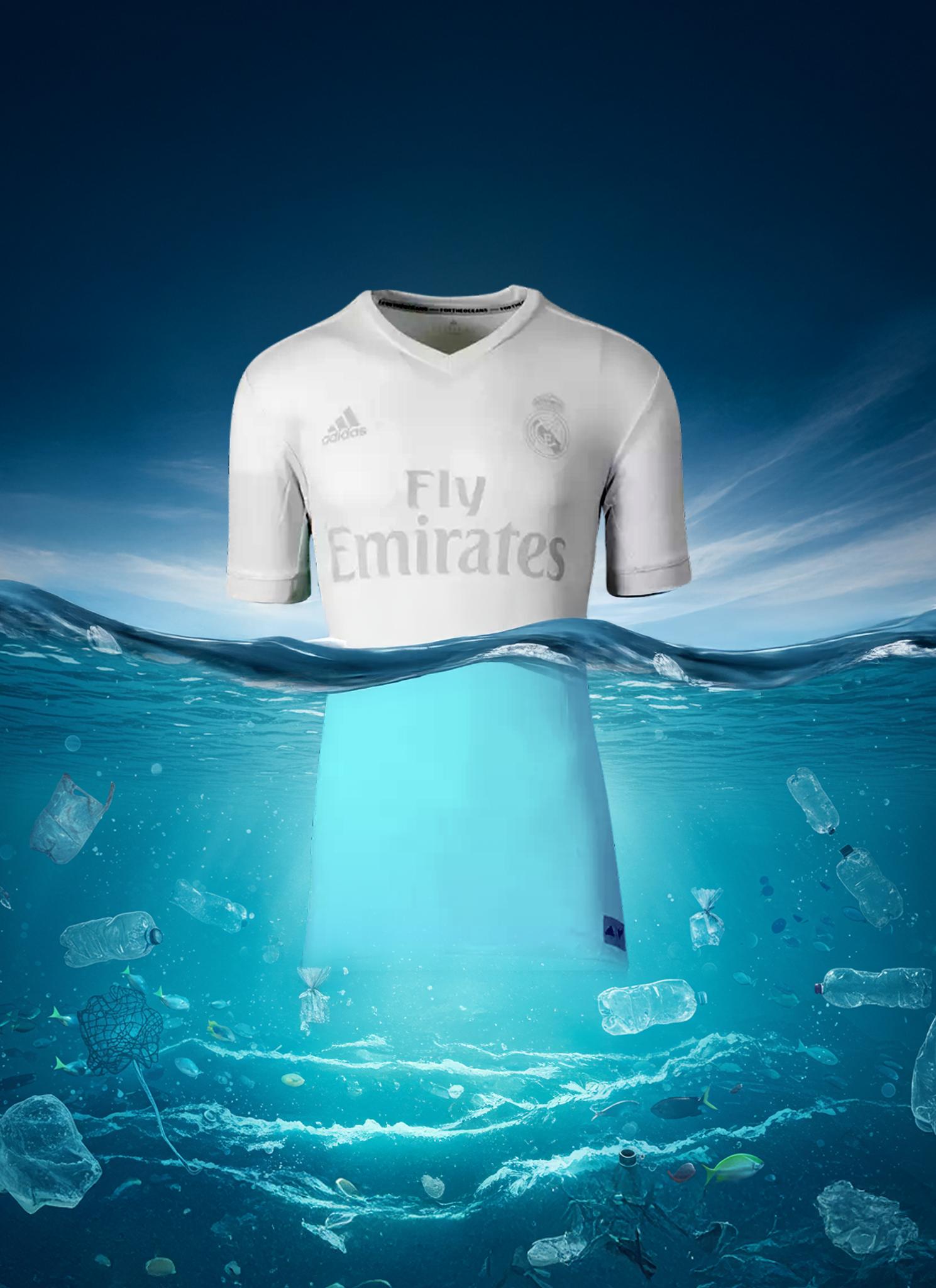
Real Madrid shirts made from recycled materials.
